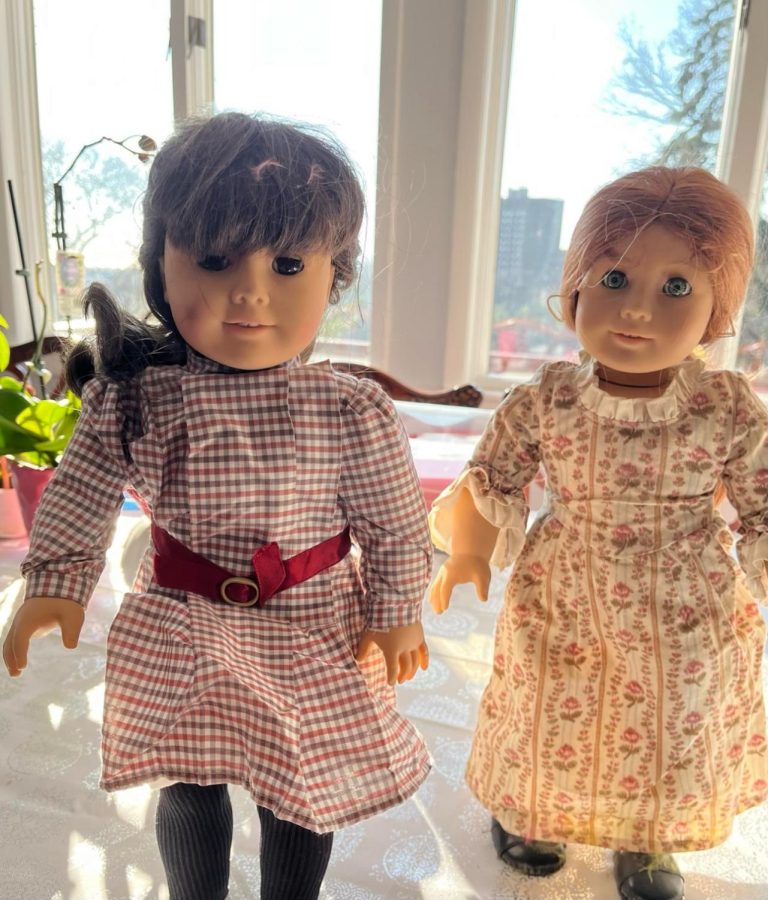The beloved doll manufacturer, American Girl Doll, has long been commemorated for their varied range of stories presented through their products. Holding a reputation for being a company where each doll represents a different background, passion, and personality, they have managed to cater to a diverse audience of children and adults.
Individuals belonging to minority communities are in constant pursuit of representation which is still a scarce commodity. In the present day the company’s popularity can be attributed to their commitment to creating a diverse portfolio of dolls, each made with genuine love, and careful consideration to both the physical features and cultural backstories.
Besides resonating with individuals’ personalities the dolls also serve an educational purpose as they are accompanied by books that provide historical lessons and context to the era the doll is from. Carrying the responsibility to inform adolescents on events from different time periods requires the corporation to be very attentive to the messaging behind the dolls. To ensure as much precision as possible the company has a team of researchers led by Mark Speltz, a senior historian whose main purpose is to exude authenticity through the dolls.
The corporation been successful in achieving their goals with the production of dolls such as Melody Ellison, a Black civil rights activist carrying a strong passion for music, and Kavi Sharma, an Indian American from New Jersey who loves to sing and dance. However the company’s oath towards maintaining originality in each doll’s story was broken in 2017.
In 2002 Kaya, a Native American from the Nez Perce tribe was introduced. She was the only doll who didn’t wear the infamous toothy grin like the rest of her counterparts. This decision was made with careful consideration to honor the Nez Perce’s tradition of not smiling with their teeth because in their culture it represented aggression.
Many young children, including Senior Sophia Ramaraju, learned about the practices held by Native cultures through the doll. “I just remember seeing her at the store and realizing her clothes and hair and especially the way her face was manufactured was a big part of her and she was proud of all of it. I learned alot more from those small details than I ever did in the units at school” shares Ramaraju.
The Kaya face mold was supposed to be unique to her story as she was the only representation for those of Native descent. Her tribute was invalidated when an American Girl doll replicated her face mold onto the Logan doll, their first official boy, disrespecting her entire purpose.
Similarly to Kaya, Logan also seems to carry the same smile, completely diminishing its cultural value. This created a lot of controversy around the company during the time but contrasting to other companies American Girl Doll stood true to its statement and discontinued the Logan doll in 2018.
Although the company has had its share of controversies they still remain faithful to serving their audience in a time where many other companies value profit over their own morals. The corporation still has a large following of supporters such as Olivia Rogers who plans to purchase from them in the future as well. “ In present days there aren’t many companies who stand true to their statements or acknowledge their mistakes. American Girl Doll has managed to educate so many young children and I plan to carry the tradition of buying them for my own children” Rogers states.









